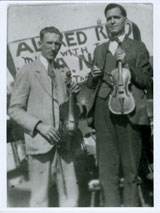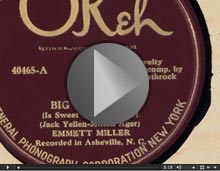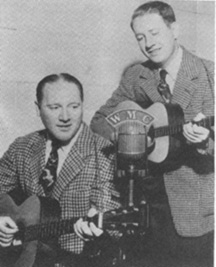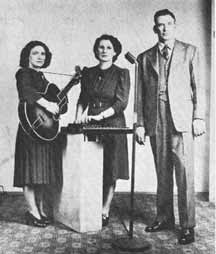
The Blind Man’s Song – Recalling Alfred Reed By John Lilly
Young Violet Reed climbed a tall tree near her family’s home in Summers County and watched the road. She was looking for her father, Blind Alfred Reed, to return from Hinton, where he would go most days with his fiddle to play and sing on a street corner, a tin cup by his side. She could see him coming from a distance, walking down the road, fiddle tucked under one arm. Sometimes, if the day went well, he’d have a pound of bacon in his hand. Or, if the







